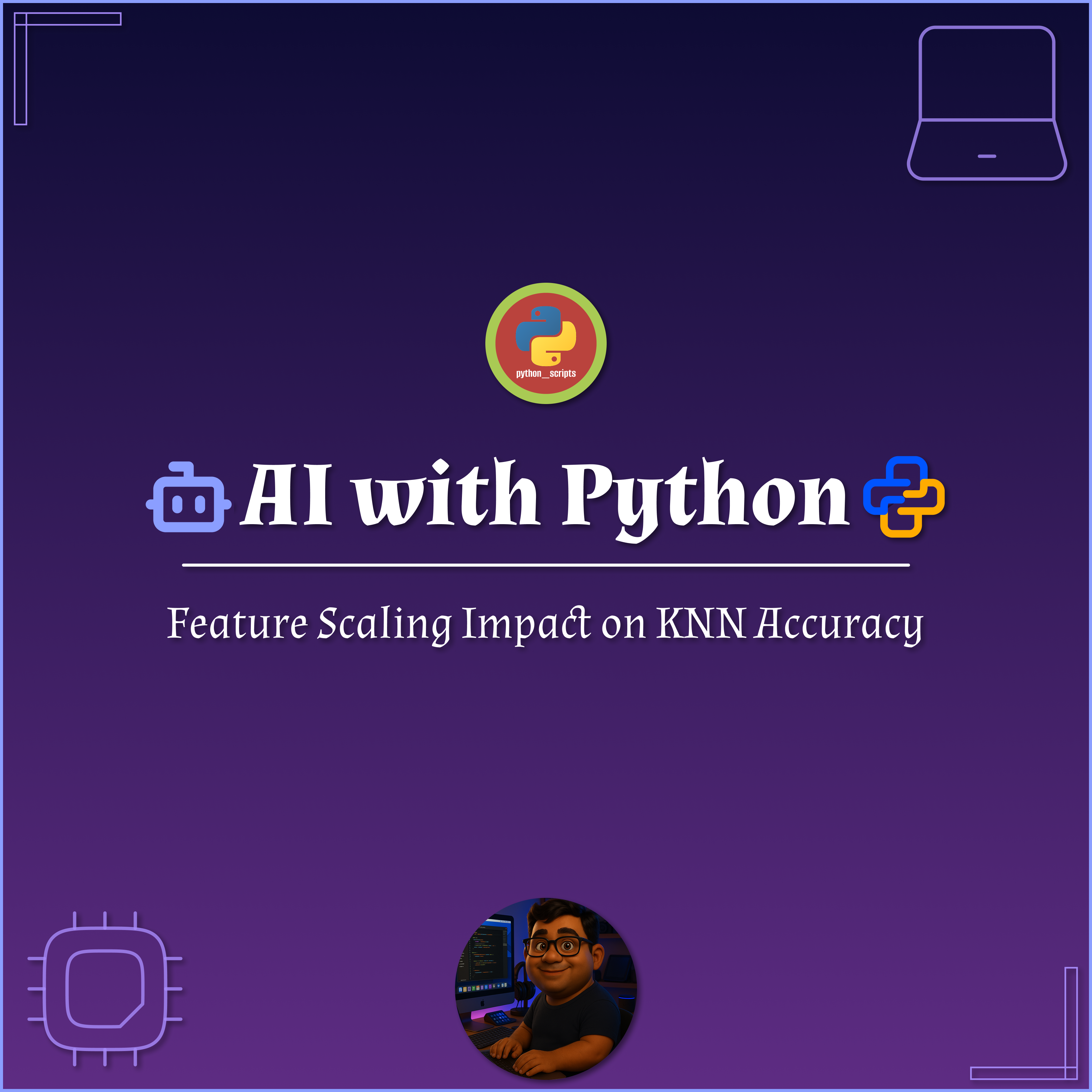🧠 AI with Python – 🏠 Predict House Prices with Linear Regression
Posted On: July 31, 2025
Description:
A Real-World Application
One of the most common beginner ML problems is house price prediction. It teaches you:
- Feature engineering (e.g., number of rooms, location).
- Model training (Linear Regression or similar).
- Performance evaluation.
Price = β0 + β1Size + β2Location + ... + ε
Why Is It Important?
It bridges theory and practice: you apply preprocessing, model training, and evaluation to solve an actual problem.
Practical Takeaway
Building a house price prediction model is a perfect ML practice project — it involves real-world datasets, preprocessing, and performance testing in one workflow.
Code Snippet:
# Import required libraries
import pandas as pd
import matplotlib.pyplot as plt
from sklearn.linear_model import LinearRegression
# Sample dataset
data = {
'SquareFootage': [1500, 1800, 2400, 3000, 3500],
'Bedrooms': [3, 4, 3, 5, 4],
'Age': [10, 5, 20, 8, 2],
'Price': [400000, 500000, 600000, 650000, 700000]
}
df = pd.DataFrame(data)
df
#%%
# Features (SquareFootage, Bedrooms, Age)
X = df[['SquareFootage', 'Bedrooms', 'Age']]
# Target (Price)
y = df['Price']
#%%
model = LinearRegression()
model.fit(X, y)
print("Coefficients:", model.coef_)
print("Intercept:", model.intercept_)
# New house: 2500 sq.ft, 4 bedrooms, 5 years old
new_house = [[2500, 4, 5]]
predicted_price = model.predict(new_house)
print(f"Predicted House Price: ${predicted_price[0]:,.2f}")
# Predict for training data
y_pred = model.predict(X)
# Scatter plot for actual vs predicted
plt.scatter(y, y_pred, color='blue')
plt.plot([y.min(), y.max()], [y.min(), y.max()], color='red', linestyle='--')
plt.xlabel("Actual Price")
plt.ylabel("Predicted Price")
plt.title("Actual vs Predicted House Prices")
plt.show()Link copied!
Comments
Add Your Comment
Comment Added!




No comments yet. Be the first to comment!